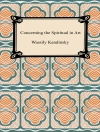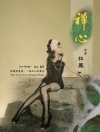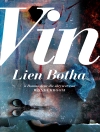An art historical epic for dangerous times
What do artworks look like in extreme cases of collective experience? What signals do artists send when enemies are at the city walls and the rule of law breaks down, or when a tyrant suspends the law to attack from inside? Art in a State of Siege tells the story of three compelling images created in dangerous moments and the people who experienced them—from Philip II of Spain to Carl Schmitt—whose panicked gaze turned artworks into omens.
Acclaimed art historian Joseph Koerner reaches back to the eve of iconoclasm and religious warfare to explore the most elusive painting ever painted. In Hieronymus Bosch’s Garden of Delights, enemies are everywhere: Jews and Ottomans at the gates, witches and heretics at home, sins overtaking the mind. Following a paper trail leading from Bosch’s time to World War II, Koerner considers a monumental self-portrait painted by Max Beckmann in 1927. Created when Germany was often governed by emergency decree, this image brazenly claimed to decide Europe’s future—until the Nazis deemed it to be a threat to the German people. For South African artist William Kentridge, Beckmann exemplified “art in a state of siege.” Koerner shows how his work served as beacon during South Africa’s racialist apartheid rule and inspired Kentridge’s breakthrough animations of drawings being made, erased, and remade.
Spanning half a millennium but urgent today, Art in a State of Siege reveals how, in dire straits, art becomes the currency of last resort.
Sobre o autor
Joseph Leo Koerner is the Victor S. Thomas Professor of History of Art and Architecture and Professor of Germanic Languages and Literatures, Harvard University, and Senior Fellow of Harvard’s Society of Fellows. The author of
Bosch and Bruegel: From Enemy Painting to Everyday Life (Princeton) and
Caspar David Friedrich and the Subject of Landscape, he has written and presented documentaries for the BBC and wrote, produced, and directed
The Burning Child, a feature film on Viennese homemaking in the shadow of the Holocaust.












